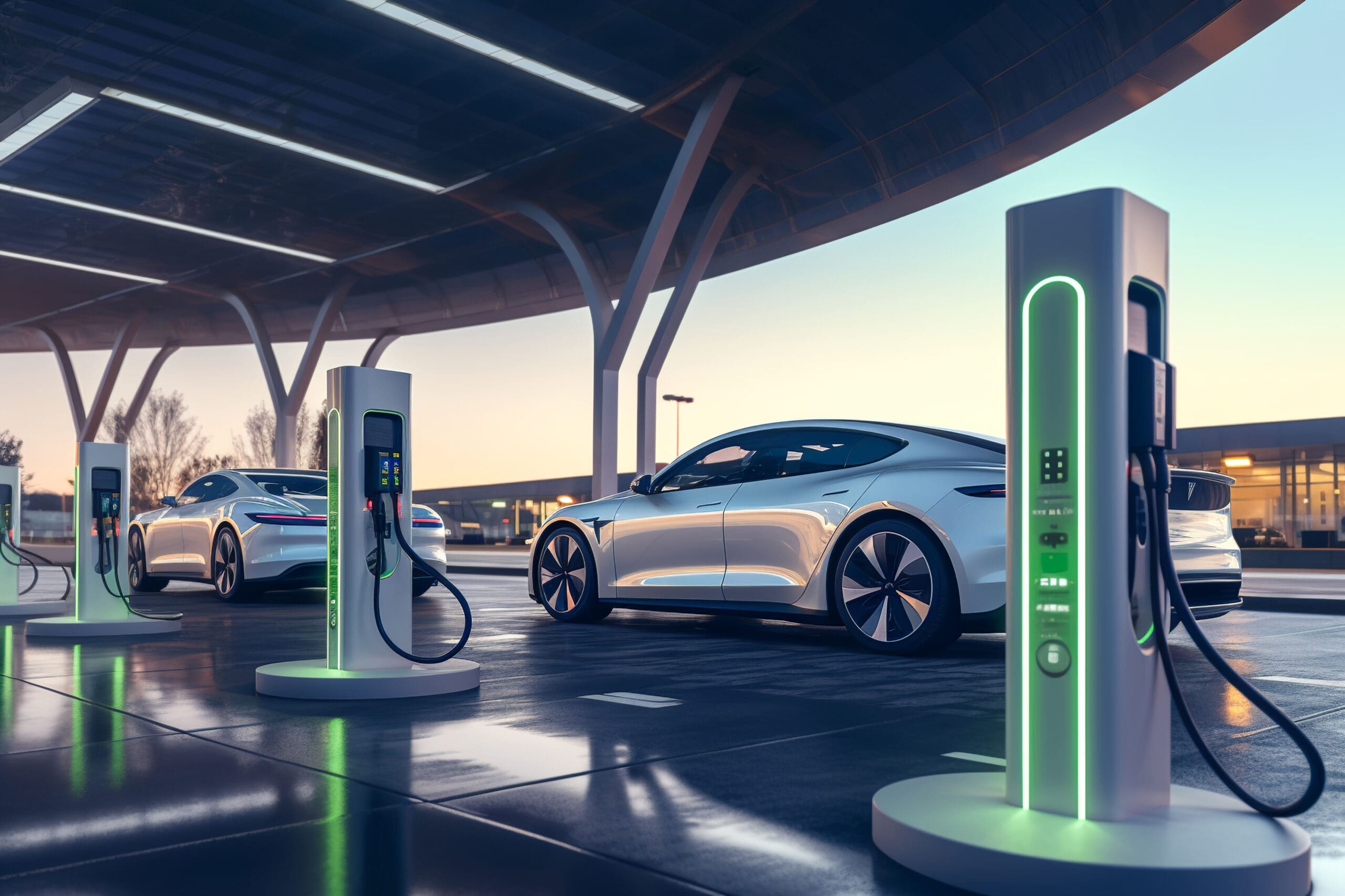New Camaro Saves GM — Maybe
By Frank S. Washington
PLYMOUTH, MI, — You could say that we came to this western suburb of Detroit to see and to drive GM’s future. It came in the form of the 2010 Chevrolet Camaro with a heritage that dates back to the late 1960s.
Although the car’s history is in GM’s glorious past, the new Camaro certainly points to the future. Chevrolet used all sorts of plaudits to describe the coupe: “classic American sports car”, “exciting,” “a jolt to the market”, “fun to drive” and on it went.
The bottom line is that most auto writers loved the old Camaro and I found no reason here to think they won’t love the new version as well. What that means is some positive press for GM and Chevrolet that will be a diversion from stories about bankruptcy speculation, bridge loans, falling sales, fired executives, plummeting market share, etc.
Let’s start with what I didn’t like first: the interior. It just wasn’t cohesive and there was an area from the middle of the dash board that wrapped around the passenger side that can only be described as barren. I thought better quality materials could have been used or at least what was used could have been made to look like better quality materials.
Still, the argument can be made that buyers of the new Camaro want it to look good on the outside and perform well which it will do exceptionally well when it goes on sale in early spring.
Never mind how the interior looked. It was comfortable and the car was very drivable. That’s important in a driver’s car. The Camaro was sleek and though there was not a flat piece of sheet metal on it, the taunt surfaces and sharp angles gave it a distinct edge design look. You’ll know a Camaro when you see one.
Still, to me, the most impressive attribute of the Camaro is its $22,995 sticker for the LS trim line. For that, a buyer gets a 3.6-liter V6 that makes 304 horsepower and 273 pound-feet of torque. For those on a budget, the car will get almost 29 mpg on the hwy and a respectable 18 mpg in the city. Those are EPA numbers.
Want more power? There is a 400 horsepower V8 Camaro with a six speed automatic transmission and an even more muscular top of the line 426 horsepower Camaro with a six-speed manual gearbox.
Any version of the Camaro, that’s V6 or V8, can be equipped with either the manual or automatic transmission. The Camaro can also be shod with 18, 19 or 20-inch wheels and rubber and zero to 60 mph speeds start at 6.1 seconds and end at less than five seconds.
The car has Brembo brakes that we discovered worked exceptional well when we didn’t see a stop sign until the last second. We were driving two lane back roads on our way to lunch in Chelsea. The suspension was firm as you’d expect; the Camaro tracked well in the short relatively tight curves and there was ample acceleration for passing in confined areas.
We ended up driving both versions of the V8. I found the automatic Camaro V8 to be most refined. It was so smooth and quiet that we actually thought it was a V6. The manual V8 felt like a brute of a car. My driving partner was at the wheel; I’ll have to request that car for a week-long test and see for myself.
There were plenty of creature comforts; had a four-wheel independent suspension system, four-wheel disc brakes, four-piston Brembo calipers on SS models, stability control and traction control were standard, six air bags, including head curtain side-impact air bags and front seat-mounted thorax side air bags, Bluetooth phone connectivity, USB connectivity, remote vehicle starting system, OnStar with turn-by-turn navigation and satellite radio were among the creature comforts.
Consumers will be able to choose from 190 exterior colors. The 2010 Chevrolet Camaro is why many manufacturers say they fear the potential of GM.
Frank S. Washington is managing partner/editor of AboutThatCar.com and AboutThatCar.blogspot.com.



